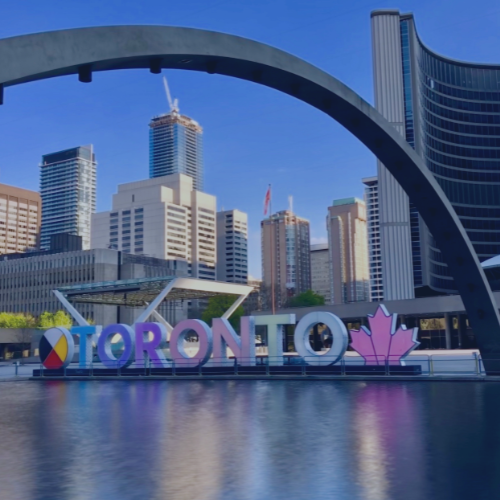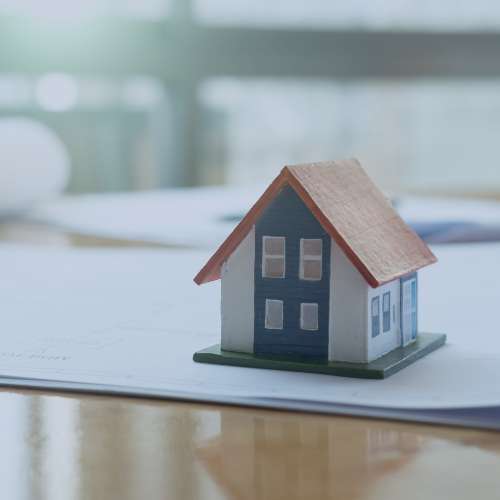
Investment property for rent:
Method 1.
For the income generated from the rental of investment properties, the tax law S216 stipulates that any non-tax resident must 25% of the estimated annual income from mortgage rent before leasing the property , And in the coming year Submit NR4 slip before March 31 , Record the expenses incurred by the property during the year, such as property taxes, maintenance, etc., to calculate the actual income and obtain a tax refund.
Method 2.
But 25% of the total annual income is not a small amount after all. For most investors who have just paid the deposit and have a lot of mortgage, it is difficult to prepay such a large amount of money in advance. The agent who meets the requirements can apply for NR6 on his behalf NR6 needs to be On or before January 1 Submit, once approved, the client can Estimate your net rental income for the year and deposit 25% of your net mortgage income in your personal CRA account , thus saving a considerable amount of cash flow compared to method 1. The estimated net income and actual expenses may deviate from each other, so in the second year, you still need to follow the steps in method 1. Submit NR4 slip before March 31st Unlike the first method where you submit the NR4 slip to the tax bureau, here, you need Your client submits the NR4 slip to you and the tax bureau respectively The IRS will review your actual expenses and net income and decide whether to give you a refund or ask you to pay back taxes.
Because it can save cash flow, method 2 is favored by more investors. However, it should be noted that in order to facilitate accountability, the tax law stipulates that the client bears all possible tax responsibilities. Due to the heavy responsibility and complicated tasks, a reliable client is priceless. Regarding the tax details of non-tax residents’ rental income, we also have Special articles for your information.





